-
Welcome to Tacoma World!
You are currently viewing as a guest! To get full-access, you need to register for a FREE account.
As a registered member, you’ll be able to:- Participate in all Tacoma discussion topics
- Communicate privately with other Tacoma owners from around the world
- Post your own photos in our Members Gallery
- Access all special features of the site
AdventureTaco - turbodb's build and adventures
Discussion in '1st Gen. Builds (1995-2004)' started by turbodb, Apr 4, 2017.
Page 254 of 281
Page 254 of 281


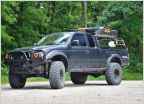 PcBuilder's 2003 Tacoma Build
PcBuilder's 2003 Tacoma Build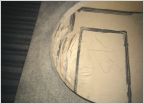 Jamesbob's 03 Double Cab PreRunner
Jamesbob's 03 Double Cab PreRunner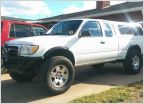 MadTaco Build
MadTaco Build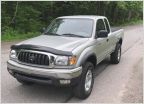 Problems? No.Just a reason to upgrade
Problems? No.Just a reason to upgrade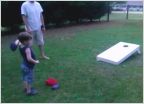 W00dy's 2003 DoubleCab aka The driveway queen
W00dy's 2003 DoubleCab aka The driveway queen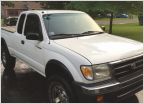 Christian's "One rusted nut at a time" thread
Christian's "One rusted nut at a time" thread






































